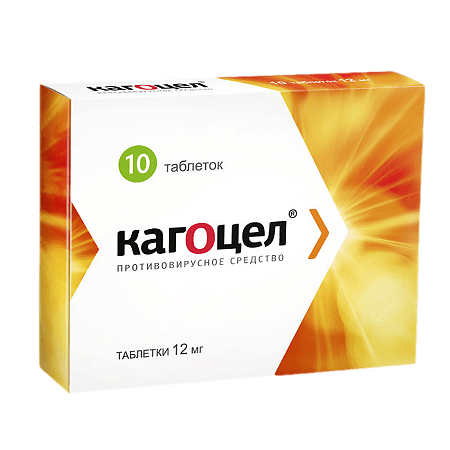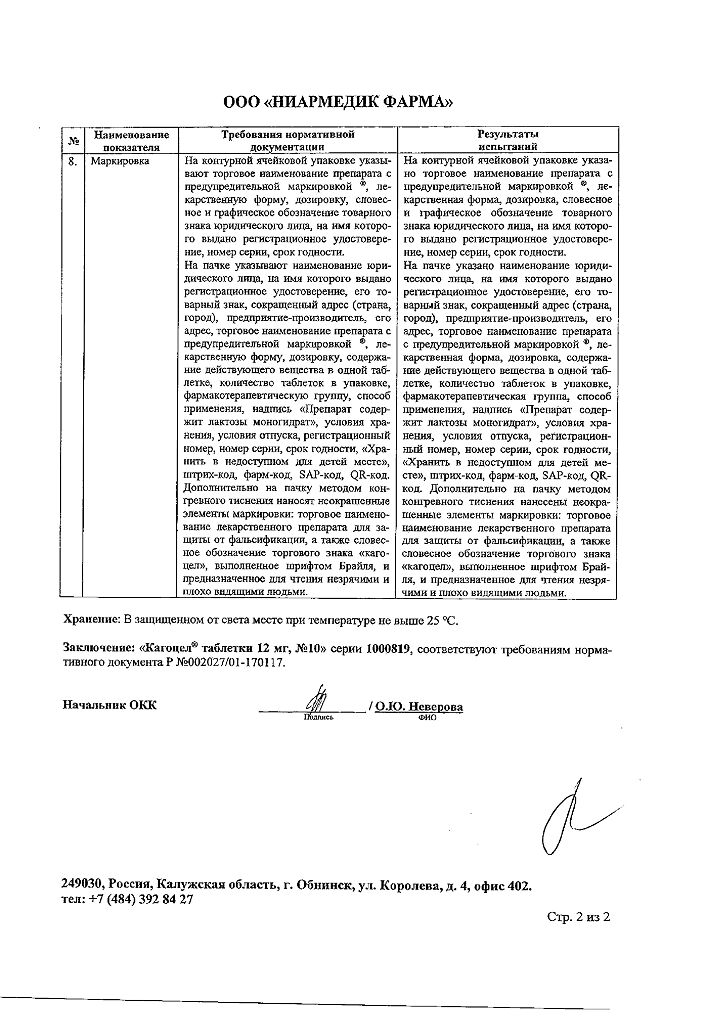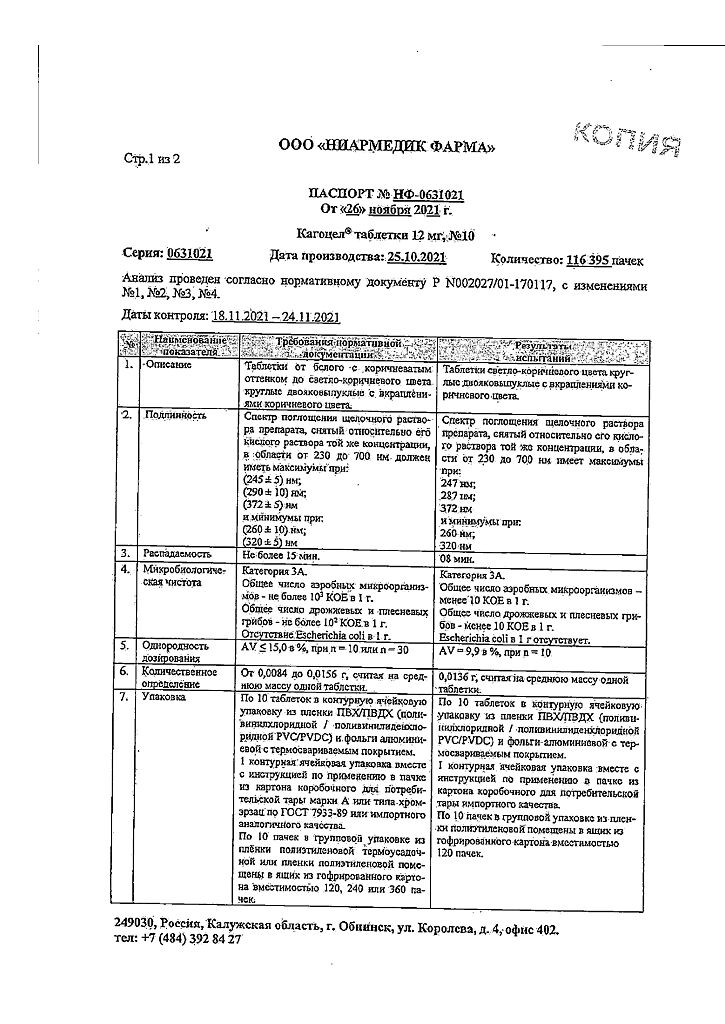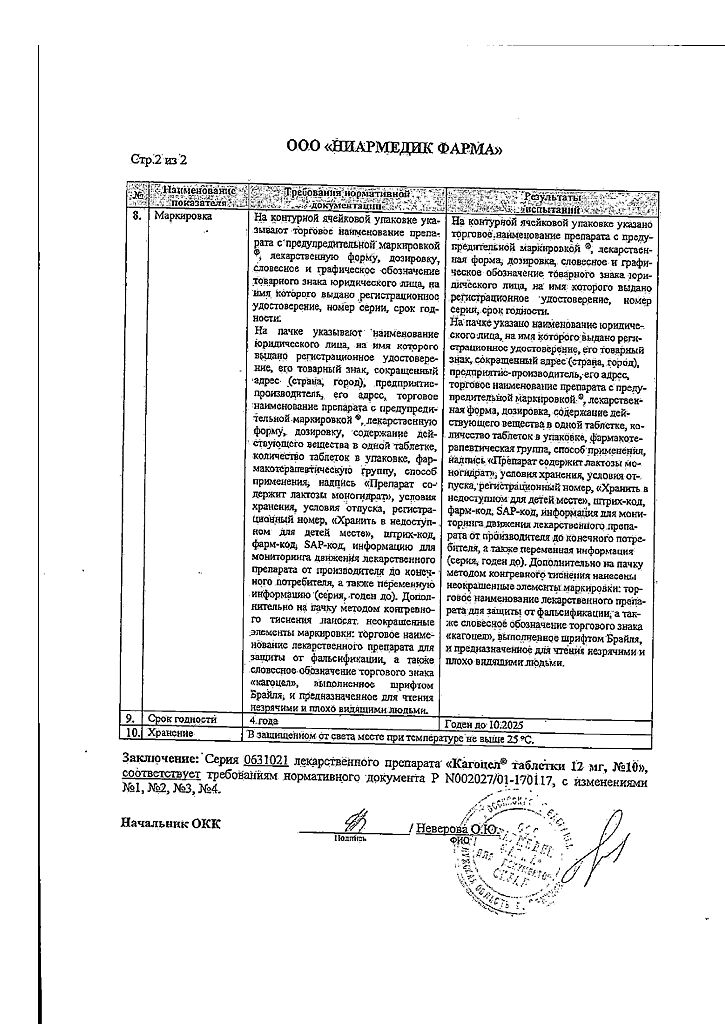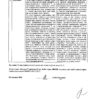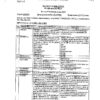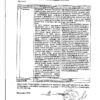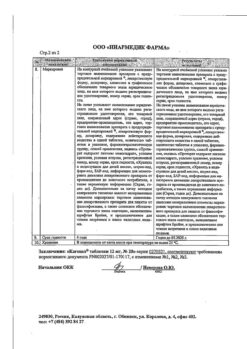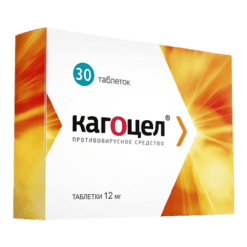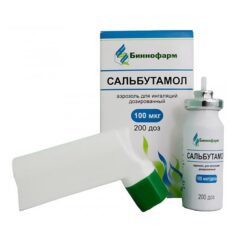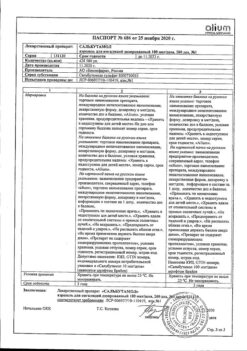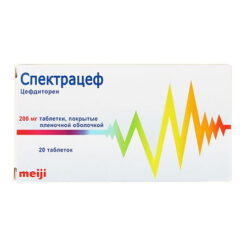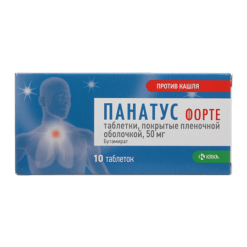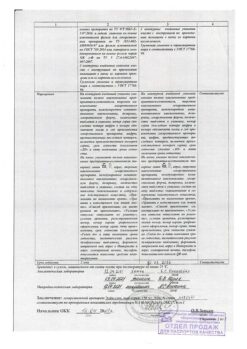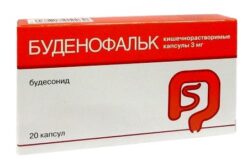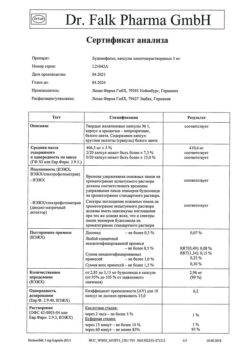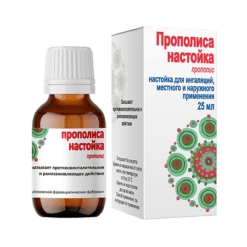No products in the cart.
Kagocel, tablets 12 mg 10 pcs
€8.00 €7.37
Description
The main mechanism of action of Kagocel® is the ability to induce production of interferons. Kagocel® induces formation in human body of so-called late interferons, which are mixture of α- and β-interferons with high antiviral activity.
Kagocel® causes production of interferons in all cell populations participating in antiviral response of the body: T- and B- lymphocytes, macrophages, granulocytes, fibroblasts, endothelial cells. After a single dose of Kagocel® administration interferon titer in blood serum reaches its maximum value in 48 hours.
Interferon response to Kagocel® administration is characterized by prolonged (up to 4-5 days) circulation of interferons in blood stream. The dynamics of interferon accumulation in the intestine when taking Kagocel® does not coincide with the dynamics of circulating interferon titers. In serum interferon production reaches high values only in 48 hours after Kagocel® administration, while in intestine maximum interferon production is observed in 4 hours.
Kagocel® is not toxic when administered in therapeutic doses, it does not accumulate in the body. The drug has no mutagenic and teratogenic properties, is not carcinogenic and has no embryotoxic effect.
The highest effectiveness of Cagocel® treatment is observed when administered not later than the 4th day after the onset of acute infection. As a preventive measure the drug may be used at any time including immediately after contact with the infectious agent.
Pharmacokinetics
In 24 hours after injection Kagocel® accumulates in the body mainly in liver, to a lesser degree in lungs, thymus, spleen, kidneys, lymph nodes. Low concentration is noted in adipose tissue, heart, muscles, testes, brain, blood plasma.
Low content of Kagocel® in brain is due to the high molecular weight of the drug that prevents its penetration through the blood-brain barrier. In blood plasma the drug is mainly in bound form.
With daily repeated administration of Kagocel® distribution varies over a wide range in all organs studied. Accumulation of the drug in spleen and lymph nodes is especially pronounced. When administered orally about 20% of the administered drug dose enters the general bloodstream.
Absorbed drug circulates in blood mainly in macromolecule-bound form: with lipids – 47%, with proteins – 37%. The unbound part of the drug is about 16%.
Excretion
The drug is excreted mainly through the intestines: 88% of the administered dose is excreted from the body seven days after administration, including 90% – through the intestines and 10% – by the kidneys. The drug is not detected in the exhaled air.
Indications
Indications
Kagocel® is used in adults as a preventive and therapeutic agent for influenza and other acute respiratory viral infections (ARVI), as well as as a therapeutic agent for herpes.
Kagocel® is used in children over 6 years of age as a prophylactic against influenza and other acute respiratory viral infections.
Kagocel® is used in children over 3 years of age as a treatment for influenza and other acute respiratory viral infections.
Pharmacological effect
Pharmacological effect
The main mechanism of action of Kagocel® is the ability to induce the production of interferons. Kagocel® causes the formation in the human body of so-called late interferons, which are a mixture of α- and β-interferons with high antiviral activity.
Kagocel® causes the production of interferons in almost all cell populations involved in the body’s antiviral response: T- and B-lymphocytes, macrophages, granulocytes, fibroblasts, endothelial cells. When one dose of Kagocel® is taken orally, the interferon titer in the blood serum reaches its maximum values after 48 hours.
The body’s interferon response to Kagocel® administration is characterized by prolonged (up to 4-5 days) circulation of interferons in the bloodstream. The dynamics of interferon accumulation in the intestine when Kagocel® is taken orally does not coincide with the dynamics of circulating interferon titers. In the blood serum, the production of interferons reaches high values only 48 hours after taking Kagocel®, while in the intestine the maximum production of interferons is observed after 4 hours.
Kagocel®, when prescribed in therapeutic doses, is non-toxic and does not accumulate in the body. The drug does not have mutagenic or teratogenic properties, is not carcinogenic and does not have embryotoxic effects.
The greatest effectiveness in treatment with Kagocel® is achieved when it is prescribed no later than the 4th day from the onset of acute infection. For preventive purposes, the drug can be used at any time, including immediately after contact with an infectious agent.
Pharmacokinetics
24 hours after administration to the body, Kagocel® accumulates mainly in the liver, and to a lesser extent in the lungs, thymus, spleen, kidneys, and lymph nodes. Low concentrations are observed in adipose tissue, heart, muscles, testes, brain, blood plasma.
The low content of Kagocel® in the brain is explained by the high molecular weight of the drug, which makes it difficult to penetrate the blood-brain barrier. In the blood plasma the drug is found predominantly in bound form.
With daily repeated administration of Kagocel®, the volume of distribution varies widely in all organs studied. The accumulation of the drug is especially pronounced in the spleen and lymph nodes. When taken orally, about 20% of the administered dose of the drug enters the general bloodstream.
The absorbed drug circulates in the blood, mainly in the form associated with macromolecules: with lipids – 47%, with proteins – 37%. The unbound portion of the drug is about 16%.
Removal
The drug is excreted from the body mainly through the intestines: 7 days after administration, 88% of the administered dose is excreted from the body, including 90% through the intestines and 10% through the kidneys. The drug was not detected in exhaled air.
Special instructions
Special instructions
To achieve a therapeutic effect, Kagocel® should be taken no later than the fourth day from the onset of the disease.
Active ingredient
Active ingredient
Kagocel
Composition
Composition
1 tab. contains:
Active substances:
Kagocel 12 mgIU
Excipients:
potato starch – 10 mg,
calcium stearate – 0.65 mg,
ludipress (directly pressed lactose with the composition: lactose monohydrate, povidone (kollidon 30),
crospovidone (kollidon CL)) – until a tablet weighing 100 mg is obtained.
Contraindications
Contraindications
Increased individual sensitivity, pregnancy, age under 3 years, lactase deficiency, lactose intolerance, glucose-galactose malabsorption.
Side Effects
Side Effects
Allergic reactions may develop.
Interaction
Interaction
Kagocel® combines well with other antiviral drugs, immunomodulators and antibiotics (additive effect).
Overdose
Overdose
In case of accidental overdose, it is recommended to prescribe plenty of fluids and induce vomiting.
Storage conditions
Storage conditions
In a dry place, protected from light, at a temperature not exceeding 25 °C
Shelf life
Shelf life
2 years
Manufacturer
Manufacturer
Nearmedic Pharma, Russia
Additional information
| Shelf life | 2 years |
|---|---|
| Conditions of storage | In a dry, light-protected place at a temperature not exceeding 25 °C |
| Manufacturer | Niarmedic Pharma, Russia |
| Medication form | pills |
| Brand | Niarmedic Pharma |
Other forms…
Related products
Buy Kagocel, tablets 12 mg 10 pcs with delivery to USA, UK, Europe and over 120 other countries.

